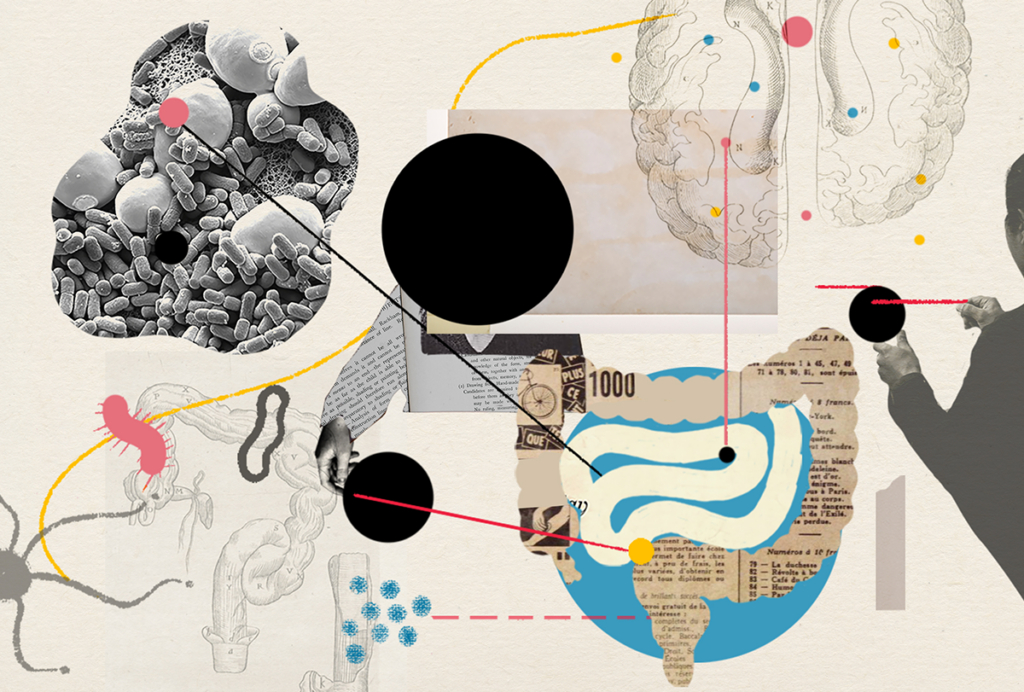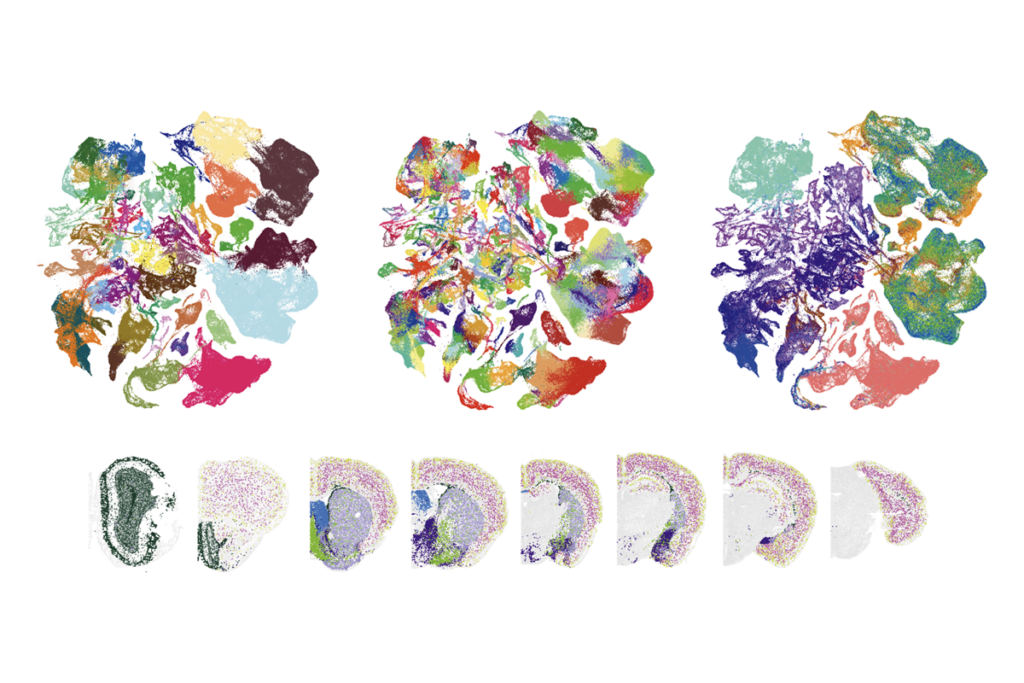When a flair for reading is mistaken for autism
Some children who read early or speak late are misdiagnosed with autism.
He received his autism diagnosis at age 2, when he could already read the labels of all the over-the-counter medications he passed while being wheeled down the drug store aisles. The doctor who diagnosed him dismissed his early reading ability as a “splinter skill” that didn’t warrant any special attention.
But Garret’s mother was unconvinced that her son had autism. He was not withdrawn. In fact, he was good at making eye contact and loved giving and receiving affection. When he was 3, a speech therapist transformed his knack for reading into a powerful teaching and learning tool. And as Garret grew older, his autism symptoms disappeared.
“He took up music and tae kwon do and excelled at both. His high school years were pleasant,” his mother says. “He had friends, went to the prom, played in two rock bands and, most importantly, was — and is — happy. He received two merit scholarships and just finished his first year in college on the Dean’s list.”
Garret didn’t ‘outgrow’ autism; he never had it. Instead, he has what I call ‘hyperlexia 3’ — a form of superior reading ability accompanied by some autism-like symptoms that generally fade over time. He is part of the approximately 5 percent of people diagnosed with autism as children who no longer meet the criteria for the condition. Many children who read early or speak late fall into that group. The dozens of stories I have heard from parents of these children suggest that hyperlexia 3 is real, is distinct from autism and deserves study as a separate condition.
Musical minds:
I receive many emails from parents that begin, “I’ve got a son or daughter who …” They go on to describe some special musical, artistic or mathematical ability co-existent with an autism diagnosis. In corresponding with these parents, I’ve noticed that children who read early or speak late seem to have a better outcome than those who met typical reading and speaking milestones. These early readers or late talkers tend to shed their autism-like traits so that they eventually no longer meet the criteria for an autism diagnosis.
These parents, like Garret’s mother, questioned their children’s autism diagnoses. Like Garret, their children were not particularly withdrawn or preoccupied. They looked others in the eye and interacted in a giving, friendly fashion — especially with adults.
Yes, they had some ‘autistic-like’ behaviors. They were sensitive to sounds or other sensory stimuli, and might twirl their bodies or repeat words. Some were obsessed with ordering their toys or lining up cars or blocks. However, once their keen ability to read was transformed into a tool for better communication and interaction, their autism-like features faded.
I have accumulated more than 200 reports from parents illustrating this phenomenon. Based on my analysis of these cases, I believe there are three types of hyperlexia. Children with hyperlexia 1 are neurotypical children who simply read early. Those with hyperlexia 2 have an obsession with letters and numbers as a feature of autism. Those with hyperlexia 3 read early and have some autistic-like behaviors, but are relatively outgoing and interactive. They have some language difficulties and are socially awkward with peers, although less so with adults. But over time, these symptoms fade.
Baby Einstein:
I describe and illustrate each of these groups of children in a 2011 article and on my website. In his 2014 MIT Press book, “Late Talking Children: A Symptom or a Stage?” Stephen Camarata describes a hyperlexia-3-like phenomenon in which children who speak late receive an early autism diagnosis but have entirely neurotypical outcomes. Some of these children are exceedingly bright, leading to the diagnosis of ‘Einstein syndrome,’ as described by Thomas Sowell in his 2002 book, “The Einstein Syndrome: Bright Children Who Talk Late.”
The first step toward an effective treatment is to make the correct diagnosis. A child with hyperlexia 3 will not thrive in a special education program for children with autism. And by failing to recognize and take advantage of that child’s superior reading ability, clinicians may miss out on opportunities to help the child capitalize on his or her gifts.
Success stories from parents of children with hyperlexia 3 highlight the need for more research on the condition and how it differs from autism. They also provide a great deal of professional satisfaction. Just last month, I received a letter from a mother who was “moved to tears” when she read my description of hyperlexia 3. She felt it described her son perfectly after a frustrating journey through various diagnoses and recommendations. The paper, she said, provided “happiness and hope.”
I am very much in favor of early intervention for developmental disabilities, including autism. But clinicians must be especially careful when they diagnose autism at an early age, particularly when a child reads early or speaks late. With a cautious approach, doctors can properly pick out the children who meet the criteria for hyperlexia 3. Distinguishing this condition from autism is important. After all, the prognoses of children like Garret, as well as the interventions and educational strategies they need, are not the same as those of children on the spectrum.
Recommended reading

Going against the gut: Q&A with Kevin Mitchell on the autism-microbiome theory

Constellation of studies charts brain development, offers ‘dramatic revision’
Explore more from The Transmitter

How will neuroscience training need to change in the future?


